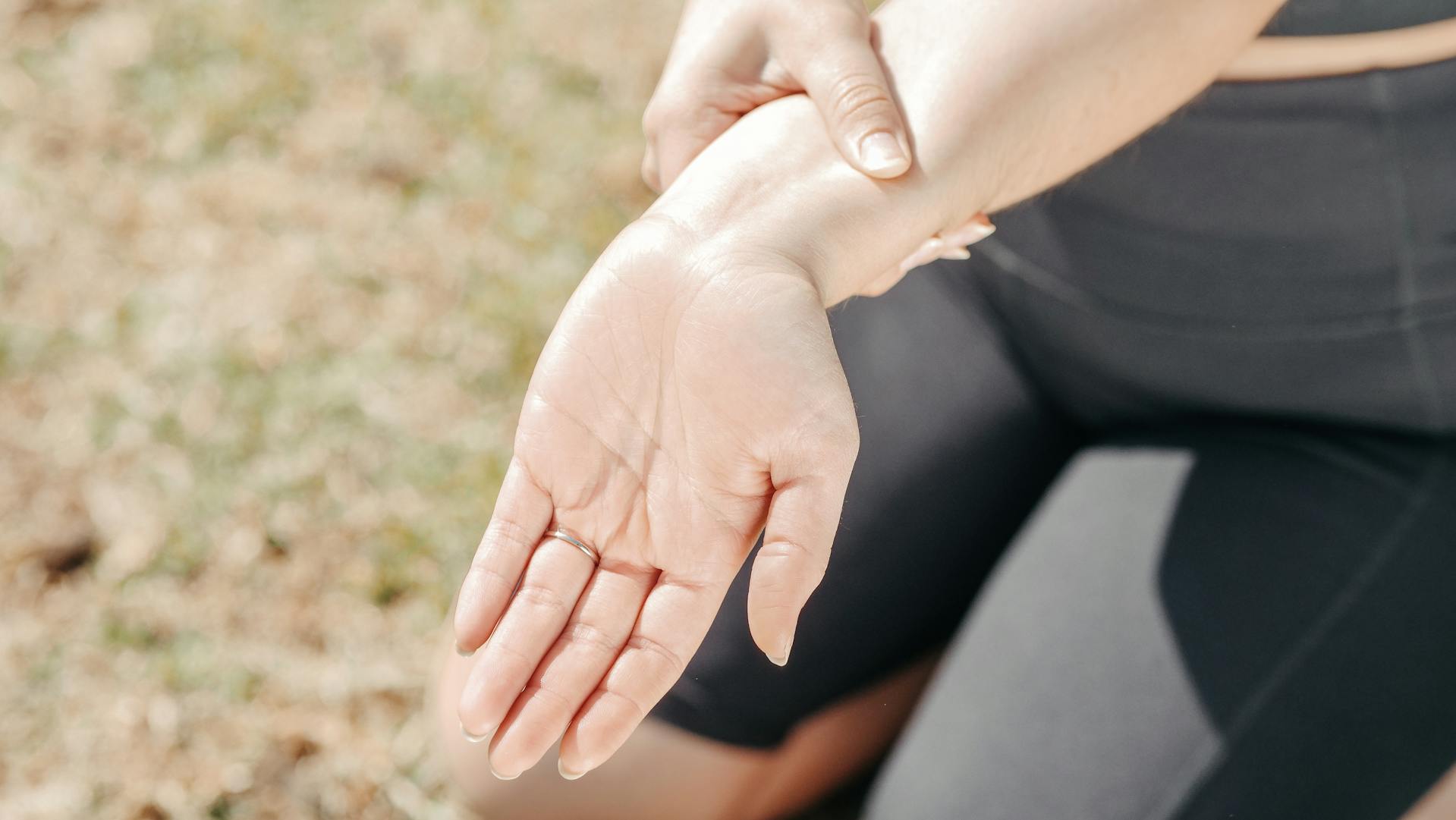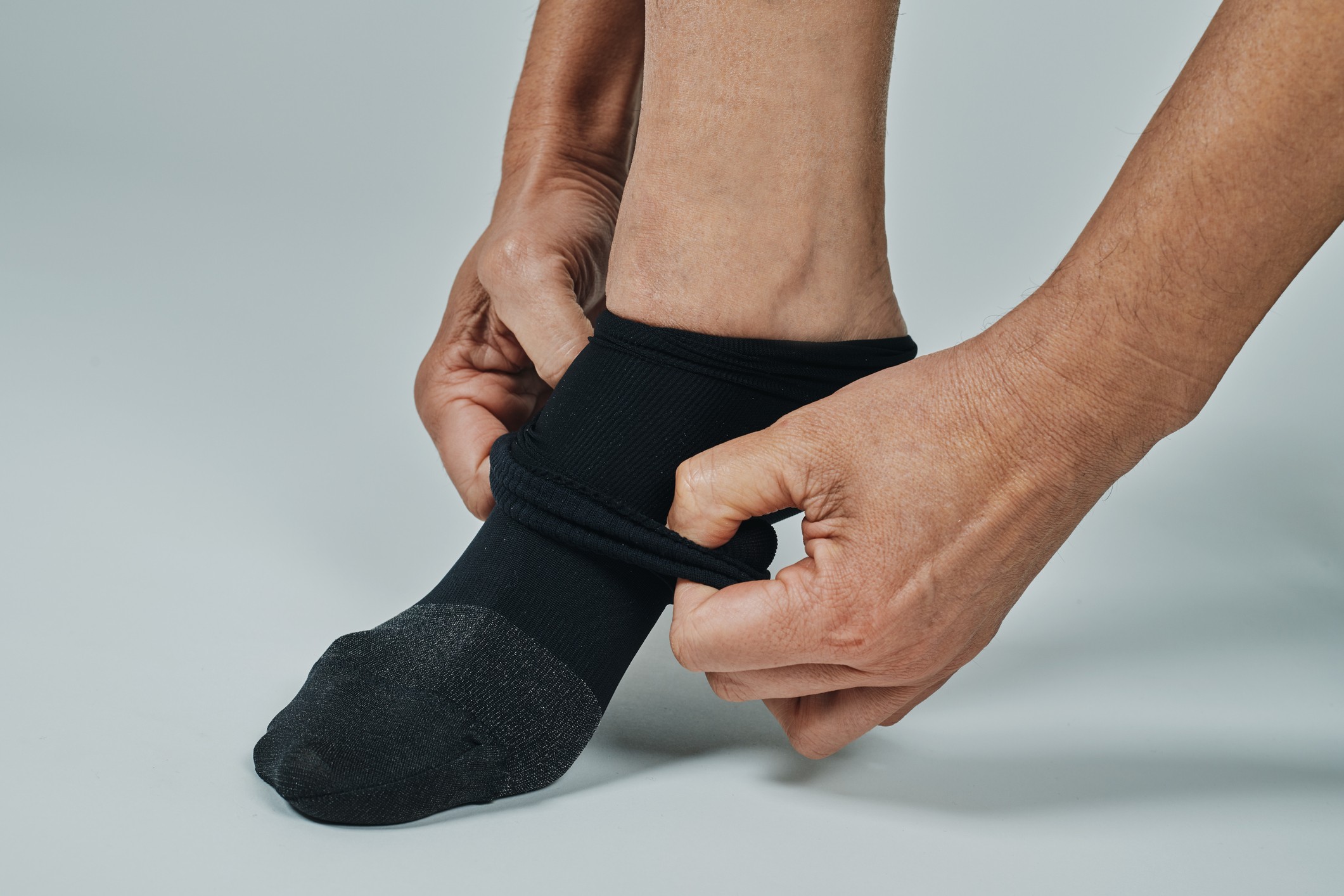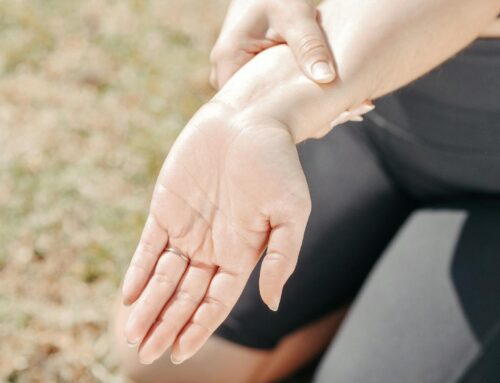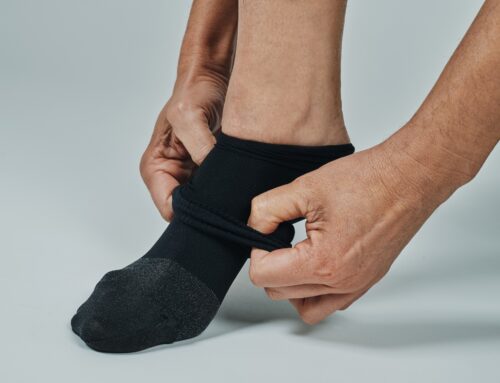Compression apparel has become a staple in the fitness and medical communities, known for its ability to improve circulation, reduce muscle fatigue, and enhance overall performance.
This type of clothing, works by applying controlled pressure to the body, which helps to increase blood flow and reduce the risk of blood clots. This improved circulation can speed up the removal of metabolic waste products like lactic acid, which in turn can reduce muscle soreness and fatigue. Additionally, the gentle compression helps to stabilize muscles and joints, providing support and reducing the risk of injury.
The efficacy of compression apparel is heavily influenced by its fit. A proper fit ensures that the compression is distributed evenly, providing the right amount of pressure where it’s needed most. If the garment is too tight, it can restrict blood flow and cause discomfort, negating the very benefits it’s supposed to provide. On the other hand, if it’s too loose, the compression effect is lost, and the garment fails to offer the intended support and circulation improvement.
Ill-fitting compression apparel can also lead to other risks. For example, excessively tight garments can cause chafing, skin irritation, or even nerve compression. Conversely, a garment that’s too loose may bunch up or slide down, leading to discomfort and a lack of support. In the worst-case scenario, improper fit can exacerbate existing health issues or lead to new ones, such as deep vein thrombosis (DVT) in individuals who are at risk.
Identifying the Right Fit for Compression Apparel
When it comes to compression apparel, finding the right fit is essential for achieving the desired benefits.
A well-fitting compression garment should feel snug but not constrictive, allowing for comfortable movement while ensuring the therapeutic benefits of compression are realized. It should contour to the body’s shape, providing even compression without any gaps or bunching. The right fit can prevent common issues such as skin irritation, discomfort, and reduced efficacy of the garment.
Key Measurements and Sizing Considerations
- Measure Accurately
For compression socks or sleeves, measure the circumference of the area where the garment will be worn (e.g., the widest part of your calf for compression socks). For items like compression shorts or tights, hip and waist measurements are important. - Consult Size Charts
Always refer to the manufacturer’s size chart, as sizing can vary between brands. Use your measurements to find the right size for you. - Consider Compression Level
The level of compression (measured in mmHg) should be appropriate for your needs. Higher compression levels offer more support but may be more challenging to put on.
Types of Compression Apparel
By understanding the specific features and intended uses of each type of compression apparel, you can select the garment that best suits your needs and ensures a proper fit:
| Type | Common Uses | Compression Level | Key Features |
|---|---|---|---|
| Compression Socks | Improving circulation in legs, reducing swelling, preventing DVT | 15-20 mmHg (Moderate) | Graduated compression, moisture-wicking material |
| Compression Sleeves | Muscle support during exercise, reducing soreness | 20-30 mmHg (Firm) | Breathable fabric, UV protection |
| Compression Tights | Enhancing athletic performance, post-exercise recovery | 20-30 mmHg (Firm) | Full leg coverage, targeted compression zones |
| Compression Shirts | Improving posture, reducing upper body fatigue | 15-20 mmHg (Moderate) | Seamless construction, temperature regulation |
Signs of a Well-Fitting Garment
- Snug but Comfortable
The garment should feel snug but not overly tight. You should be able to move comfortably without restriction. - Even Compression
The pressure should be evenly distributed across the area. There should be no bunching or sliding of the fabric. - No Discomfort
There should be no pinching, chafing, or discomfort when wearing the garment.
Common Mistakes to Avoid
- Ignoring Discomfort
If a garment is causing pain or significant discomfort, it’s likely not the right fit or compression level for you. - Overlooking Graduated Compression
For some garments, like compression socks, graduated compression (tighter at the bottom and gradually lessening towards the top) is important for effectiveness. Make sure your garment has the right type of compression for your needs. - Neglecting Care Instructions
Improper care can alter the fit and effectiveness of compression apparel. Follow the manufacturer’s care instructions to maintain the integrity of the garment.
Tips for Ensuring a Perfect Fit
Achieving the perfect fit for your compression apparel is important for reaping its benefits.
A perfect fit ensures that the compression is evenly distributed, optimizing its therapeutic and performance-enhancing effects. It also prevents issues such as chafing, rolling, or slipping, which can detract from the garment’s comfort and effectiveness.
Professional Fitting
- Seek Expert Advice
Consider scheduling a professional fitting session with a specialist, such as those at Care-Med. They can provide personalized measurements and recommendations based on your specific needs. - Experience Matters
A professional fitter has the experience to ensure that your compression apparel is the right size and compression level, leading to better comfort and effectiveness.
Don’t hesitate to book an appointment with Care-Med for a professional fitting session.
Adjusting for Specific Needs and Conditions
- Consult Healthcare Professionals
If you have specific medical conditions or needs, consult with your healthcare provider to determine the appropriate compression level and type of garment. - Custom Solutions
In some cases, custom-made compression garments may be necessary to accommodate unique body shapes or medical requirements.
Maintenance Tips to Retain the Perfect Fit
- Follow Washing Instructions
Proper care is essential to maintain the fit and compression of your garments. Follow the manufacturer’s washing instructions carefully. - Regular Inspection
Check your compression apparel regularly for signs of wear and tear. Over time, the compression may decrease, indicating that it’s time for a replacement. - Rotate Garments
If possible, have more than one set of compression apparel so that you can rotate them, allowing each garment to rest and regain its shape between uses.
By following these tips and seeking professional guidance, you can ensure that your compression apparel fits perfectly and continues to provide the support and benefits you need.
Importance of Fit in Compression Apparel
A perfect fit is important for these garments to effectively enhance circulation, support muscles and joints, and provide the numerous benefits they are designed for. Ill-fitting compression wear can not only diminish these benefits but also lead to discomfort and potential health risks.
Prioritize the fit of your compression apparel, taking the time to measure accurately, consult with professionals, and adjust for your specific needs. Remember, the right fit can make all the difference in your comfort, performance, and overall well-being.
In conclusion, we encourage you to prioritize finding the perfect fit for your compression apparel. Whether you’re an athlete seeking performance enhancement, an individual managing medical conditions, or simply looking for everyday support, properly fitting compression wear can be a valuable ally in your journey towards better health and comfort.
Share This Story, Choose Your Platform!
We specialize in orthotics, body braces, and compression wear tailored to your unique needs in Toronto. Reach out to us at info@caremed.care or call 416-782-5353 to book your fitting and consultation.
Experience the difference of customized solutions designed just for you.











